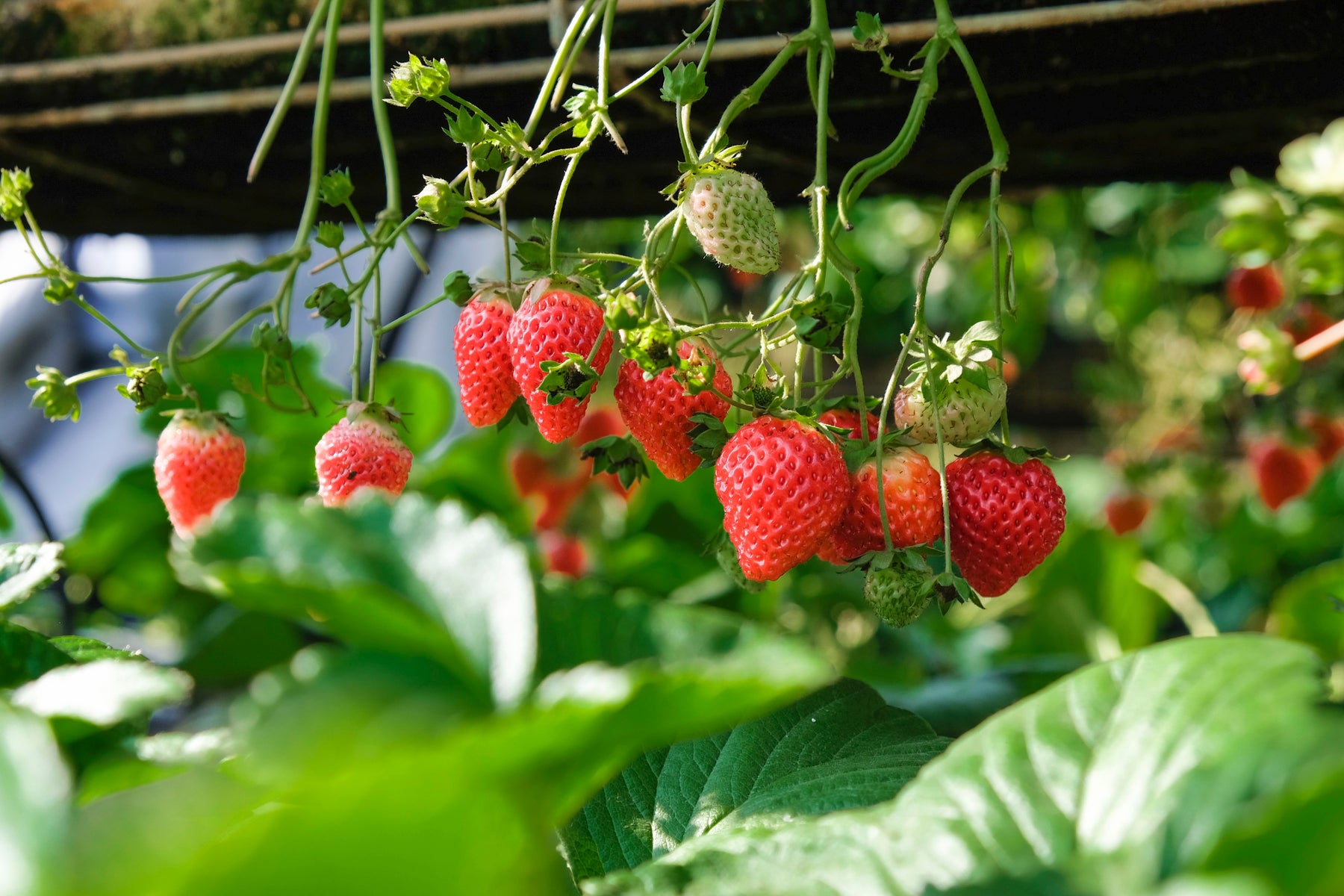Retrouvez ici les indispensables et meilleures ventes pour nos propriétaires de bassin.
Retrouvez ici les indispensables et meilleures ventes pour nos propriétaires de bassin.

In this article, we are going to talk about an element of the system called “the sump”, it is an element which is not mandatory but which is very useful in the aquaponic system. Let's see together how to stop making our fish see all the colors and finally make them happy.
It is important to remember that in aquaponics there are three important elements: fish, plants and bacteria.
First of all, you will have your sump, that is to say a tank of water in which you will put your pump. At the exit of this fish tank, there may be some solids that we would like to filter out. So we are going to add mechanical filtration. After our mechanical filtration, we come to an element called biological filtration. This is where there will be plenty of surface area for colonies of bacteria to settle on. And finally, this water, which is now rich in nitrates and nutrients, will flow into the growing tank to grow our plants.
If we look at the circulation of the water, it goes from the pump which is in the sump and which is therefore the lowest point. This pump will then raise the water to the highest point which is the fish tank. This water will fall by gravity into our mechanical filter and will then circulate in the biological filter. Once again, gravity will bring it into the grow box to close the loop by bringing the water back into the sump.
When you start aquaponics, all you need is a fish tank and a culture tank with clay pebbles. You grow your little salads so that the water circulates, you put a pump in the fish tank, the water goes up and fills the culture tank. The siphon is triggered and the water returns to the fish. It's a loop.
If we want to give some numbers, we will model a system where fish swim in 400 liters of water. The culture tray is 400 liters. When we put the clay balls, they will take up 60% of the space. So 40% will remain for water, 40% of 400 litres, that's 160 litres. If we look at the volume of water at the level of the fish tank at a time T, it was at 400 liters, it will increase to 240 liters. It is therefore a big water fluctuation for the fish, and this causes stress in addition to the pump which is in the tank and which therefore makes noise.
And as with any aquaponics system, after a while, you'll probably want more growing area, so you add a new tank. You will also add fish since this will require a lot more nutrients and nitrogen. And in the same way, this new tank will fill 260 liters and then drain.
Potentially, there will only be 240 -160 or 80 liters left for your fish. If then you add to that the natural evaporation of water, the consumption of the plant and possibly some small leaks, you will quickly find yourself dry and your fish will not hold.
We are going to take back what we had at the start: our fish and our two culture tanks. We are going to put our clay balls back and we are going to grow our little salads. Next, we will add a sump on the lowest point of our system so that the water can return by gravity. So it's just a container with water, it can be a tub or something homemade. This will hold water in addition to the pump. This pump will therefore raise the water in the two culture tanks.
The sump will act as a technical room for your aquaponics system. This will be the lowest point in the system. We have seen it by gravity, the water must fall back into this tank. The water for the fish will stay at a constant level. This will avoid stress. Also keep in mind that if you have a leak in your system, instead of the pump draining the water from the fish, it will drain the water from the sump. Your pump will therefore be out of service, but not your fish. In any case, you will still have a few hours to try to save them.
With this sump system:
Aquipond Greenstab - Natural treatment against pond algae It is a natural product that helps limit algae at any time. It also has a prevent...
View full detailsReduces the layer of silt in the pond by at least 40% Easy to use with less impact on biodiversity Prevents fermentation, bad odors. pH ...
View full detailsOrganic dye to block plant growth by limiting photosynthesis ORGANIC PRODUCT NON TOXIC TO HUMANS (DIVING) AND FISH. 100% NATURAL AND BIODE...
View full detailsThe positive effects of barley straw have been known to water enthusiasts for a long time. But currently barley straw is difficult to find and i...
View full detailsReduces at least 40% of the layer of silt in the pond Easy to use with less impact on biodiversity Prevents fermentation, bad odors. ...
View full details
Leave a comment